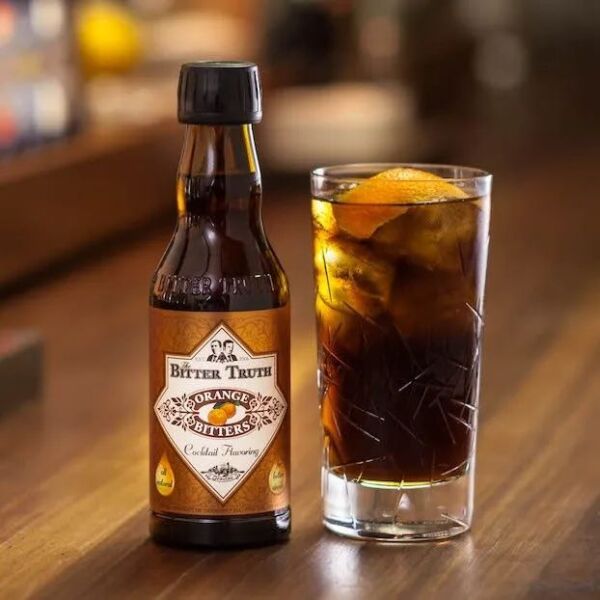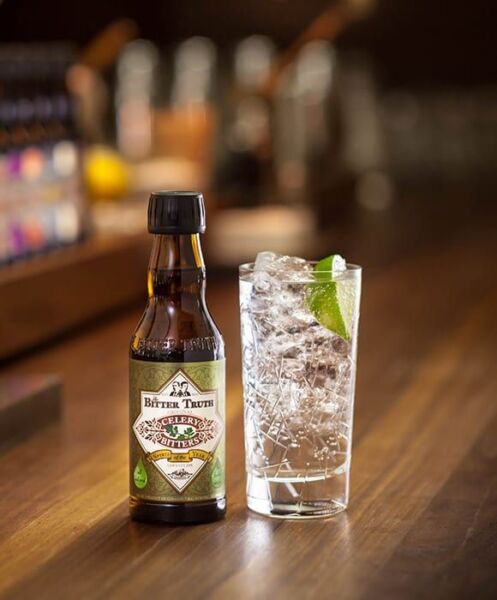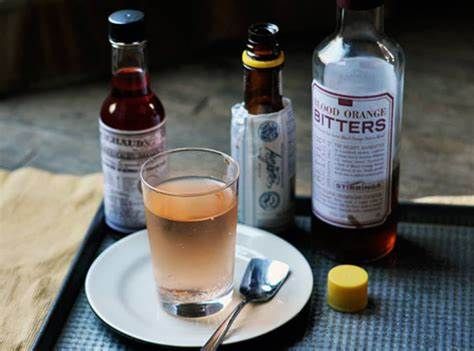Do Bitters Go Bad? How Long Does It Last?
I’ve always loved experimenting with cocktails. As I explored mixology more, I became fascinated with bitters and how they can transform a basic drink into something complex and delicious. But then I started wondering – do bitters ever go bad? With some bottles lasting years in my cabinet, how long do bitters really last?
These questions sent me down a rabbit hole of research on the shelf life of bitters. Since they’re crucial for crafting cocktails like the Manhattan or Old Fashioned, I wanted to learn proper storage and recognize when bitters may start losing their potency.
Demystifying Bitters at Their Core
Before diving into shelf life, it helps to understand what bitters are at their core.
Bitters are concentrated flavoring agents made from infusing herbs, spices, fruits, barks, roots, and botanicals in a high-proof alcohol base. They engage the senses powerfully with intense taste and aroma.
There are many styles of bitters, each with their own unique ingredient profile:
- Aromatic bitters – Like Angostura, with strong bitter notes and spice flavors
- Citrus bitters – Made with orange, lemon, yuzu, grapefruit, or other bright citrus peels
- Herbal bitters – Often containing tarragon, thyme, sage, mint, and other herbs
- Spice bitters – Heavy on warming spices like cinnamon, cardamom, cloves
- Nut bitters – With pronounced nutty coffee or chocolate notes
- Fruit bitters – Raspberry, cherry, grape, tend to be sweeter
The first aromatic bitters were created in the 19th century as a digestive tonic and medicine. But it didn’t take long for bartenders to realize bitters belonged in cocktails. The iconic Angostura bitters came about in 1824, which remain integral in drinks like the Manhattan.
The Shelf Stability of Bitters

So what gives bitters their famously long shelf life? The high-proof alcohol base acts as a natural preservative for the flavors infused within it. Most bitters clock in around 45% alcohol by volume (ABV), while some are up to 50% ABV or slightly above.
Higher alcohol content means greater longevity. With an ABV in the 45 to 50% range, bitters can potentially last 3 to 5 years or longer before deteriorating. However, they won’t remain in perfect condition indefinitely.
Over time, the same factors that cause food and drink to go bad eventually diminish bitters’ flavor and aroma:
- Oxidation – Exposure to oxygen breaks down compounds
- Evaporation – Harsh alcoholic edge emerges as water content dissipates
- Chemical reactions – Light and heat trigger deterioration
Let’s look closer at proper storage to slow bitters’ decline…
Storing Bitters for Maximum Shelf Life
Two enemies shortening shelf life are light and heat. Here are tips to store bitters and maintain their flavor:
- Keep away from sunlight – UV exposure accelerates breakdown of compounds
- Store in a cool, dark place – Around 60°F to 70°F is optimal
- Keep lids tightly sealed – Prevents oxidation and evaporation
- Store upright – Stops air entering through looser-fitting caps
With ideal storage conditions, most aromatic, herbal, and spice bitters stay enjoyable for 3+ years. Fruity and citrus varieties tend to fade faster in 1-2 years. Once opened, aim to use bitters within a year.
Do Bitters Ever Truly “Go Bad”?
Because of the high alcohol content preserving bitters, they don’t ever technically expire. Manufacturers often don’t print “Best By” dates on bitters bottles for this reason.
Some in the spirits industry consider properly stored bitters to have an “essentially indefinite” shelf life. However, their peak freshness still diminishes over time.
The one exception is fruit-flavored bitters suspended in glycerin rather than alcohol. Glycerin is vulnerable to contamination, so these need refrigeration and use within 6-8 months.
Signs Your Bitters May Be Past Their Prime

You don’t want to wait until bitters have completely spoiled before taking action. Here are subtle signs to watch for:
- A slightly sour, tangy, or “off” odor
- The aroma is faded or different from a fresh bottle
- The flavor profile has changed, especially if less sweet than originally
- An unpleasant acidic, metallic, or bitter taste emerges
If you detect any of these, it’s best to replace the bottle. But is it still safe to use bitters past their prime?
Are Spoiled Bitters Dangerous?
The main safety concern with spoiled bitters is if mold develops. Visible mold is a sign to promptly discard the bottle.
However, the high alcohol content prevents harmful bacterial growth. So even with some deterioration, bitters are generally safe to ingest.
That said, using bitters past their peak freshness can make cocktails taste unpleasant or “off.” Stick to fresh bottles for an optimal drink experience.
The Bottom Line
After getting to the bottom of my bitters curiosity, I’m no longer worried about them mysteriously going bad overnight. Properly stored, most bitters will stay usable for years – though their flavor will slowly start declining.
Knowing their impressive shelf life takes the stress out of stocking up on a variety of bitters. I can’t wait to experiment with new aromatic, herbal, citrus, and other bitters to elevate my home cocktail creations.
So don’t be afraid to incorporate bitters into your drink repertoire. Just follow proper storage and use your senses to detect when it’s time to replace a bottle. With endless bitters options, there’s no limit to unique flavors you can add to cocktails.
